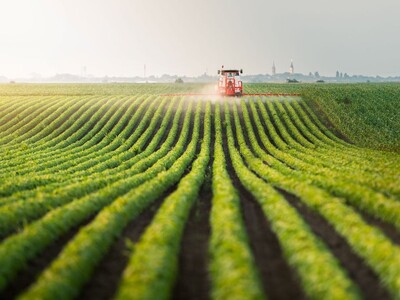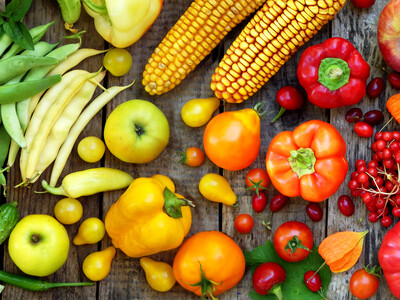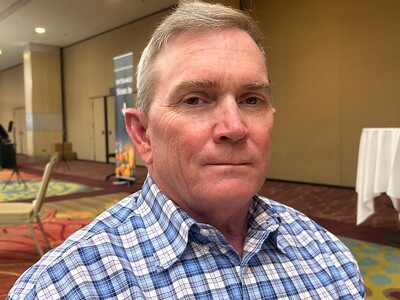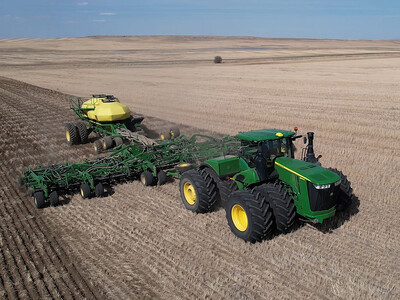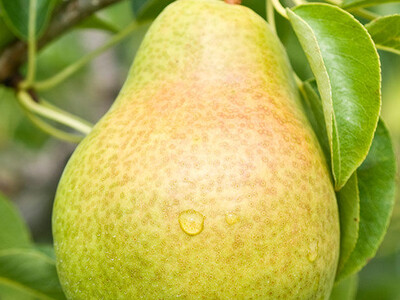Excavator
The harvest is over and you have a field full of stubble, corn, wheat, whatever. What's next? Larry Fiene of planet Earth Agronomy uses microbes. It's microbes feeding on and breaking down carbon. That's what a number of the microbes that are on the earth, that's what they do for a living all day long as they feed on carbon and some of that carbon in the form of lignin and in the form of corn stalks or wheat straw. It's the carbon we deal with in agriculture. It's not wood, you know, it's not oakleaf. It's all the other carbon that we struggle with, one that farmers struggle to manage when they're trying to grow high yields. People have spent more time and energy, both the university level and at the commercial level to identify the organisms which are most efficient at converting these residues into plant available carbon and releasing the nutrients that are, of course, tied up. Intracellular inside all of that residue, all of the nitrogen, the phosphorus, the potassium, zinc, manganese, copper, all the nutrients and micronutrients that are in there. So these are naturally occurring organisms that are in the environment. But what scientists have figured out is how to put a consortiums of them together where they live in a community that's highly productive.And that consortium is called excavator. More about that in another episode.





